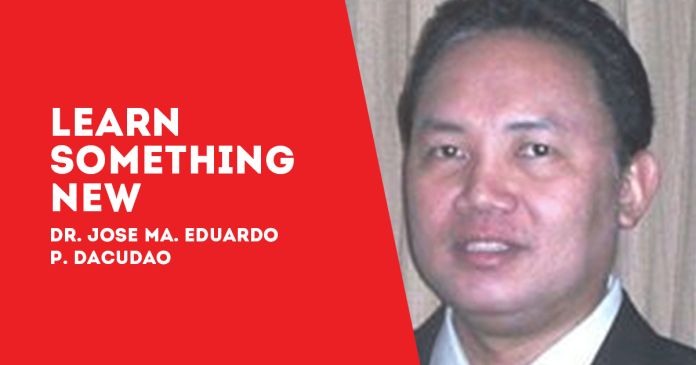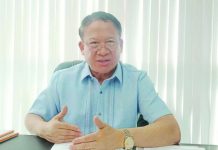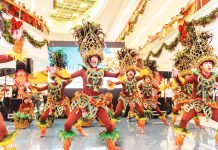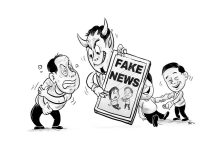
NAPOLEONIC France set a mono-cultural standard that was soon followed by most of the rest of the world.
At the extreme end was probably Czarist Russia. Under Tsar Alexander III (1845-1894), emperor of Russia in 1881-1894, the government dogmatically imposed Russianness in the traditionally multiethnic Russian Empire. Schools and government organizations were directed to use only the Russian language.
Publications in the Empire’s non-Russian languages were banned or outlawed. Violators, who might have just wanted to communicate in their native languages, faced state sanctions and imprisonment.
(In the Philippines, this Pavlovian conditioning scenario repeats itself in the form of Filipino teachers fining tabula rasa children that speak in a non-Tagalog tongue and in the language-shaming of non-Tagalog accents in the national and social media, and in the streets and public places of Metro Manila. Thus, have we created several generations of post-WW 2 self-hating Visayans, Ilocanos, Pangasinenses, Kapampangans, Bicolanos, etc. and et al.)
The 19th century and the first half of the 20th century was the age of ‘nationalism,’ specifically the idea of One-Nation One-Language.
In the early 20th century, Chinese nationalists took up the idea of Unity in Uniformity. The Kuomintang (Nationalist Party) was formed in 1912, from the merger of several nationalist organizations that had just overthrown the last imperial Chinese dynasty (the Qing).
Specifically, the Mandarin dialect spoken in Beijing was made into the basis of the modern written language, Baihua; and under the nationalist regime this began to be taught in Chinese schools after 1917.
At that time, the Philippines had never experienced such an unnatural imposition as a national language, although Emilio Aguinaldo previously had essentially tried to do that by establishing a failed ‘Tagalog Republic’ (Aguinaldo’s words).
The Aguinaldo attempt instantly backfired when the successful Visayan revolutionaries to whom the last Spanish Governor General Diego de los Rios formally surrendered to (something shamefully ignored by the Philippine Educational system, as this would open a can of worms for the Manila Central Government) immediately rejected it, proclaiming they had no intention of becoming subservient to a ‘Tagalog Dictatorship’ (the Visayan revolutionaries’ words), to which Aguinaldo reacted to by issuing a warrant of arrest for the Ilonggo Negrosanon leader General Aniceto Lacson. (Aguinaldo could not enforce it though, as he and his organization had no presence in Negros.)
However, probably spurred on by the European examples and that of neighboring China, copycat Filipinos in the 1930s also took up the ‘national language’ craze of the world. Specifically, Quezon’s Pre-world War 2 Nacionalista Party (Partido Nasyonalista) actively promoted the idea, essentially running a political propaganda campaign based on a One-Nation One-Language ideology.
Given this historical contextual perspective, all of the above would retrospectively look like a macabre hogwash of a joke, if it did not have such tragic consequences on the ethnolinguistic identities of the peoples of the Philippines. The idea of one national language for all Filipinos originally was as foreign to us as baloney sandwich. (To be continued)/PN







